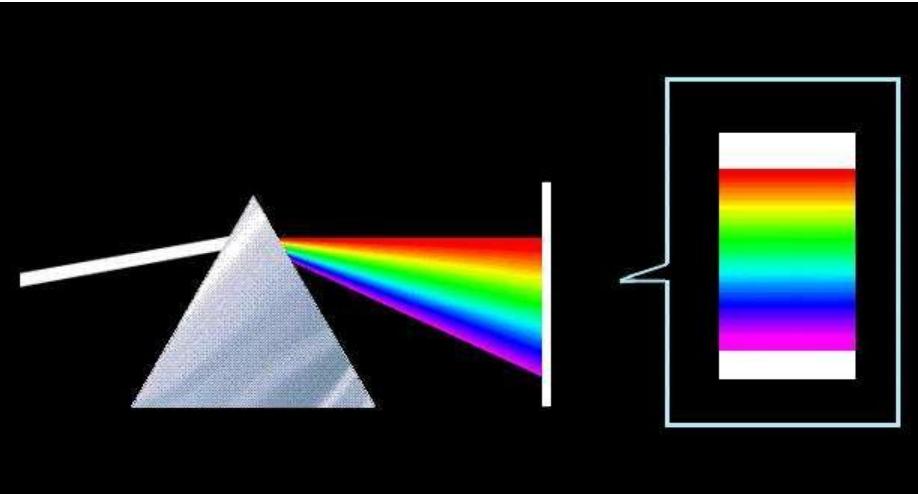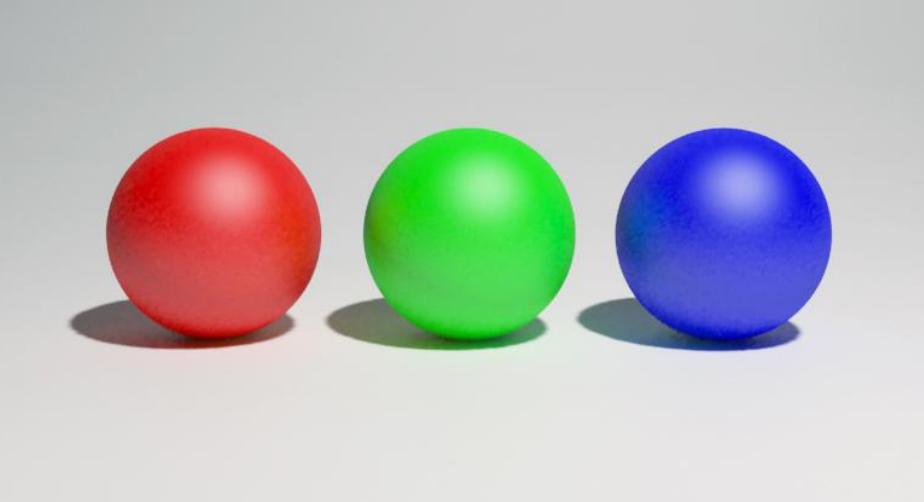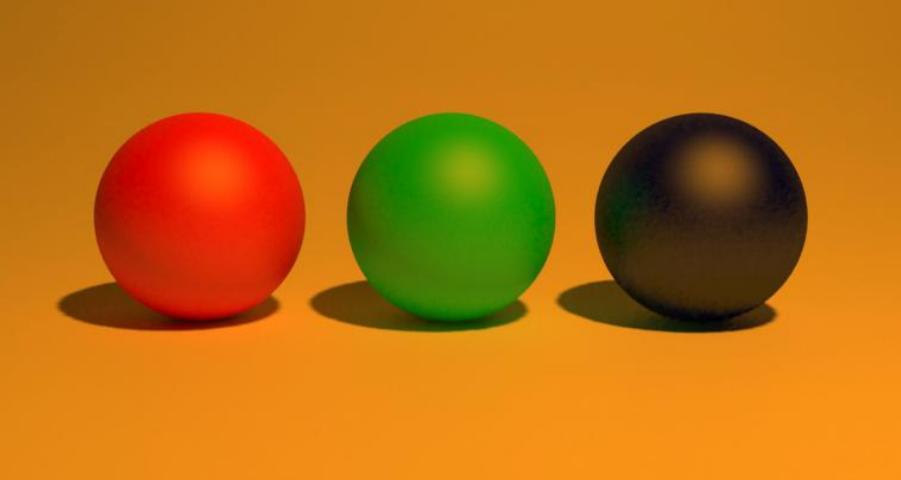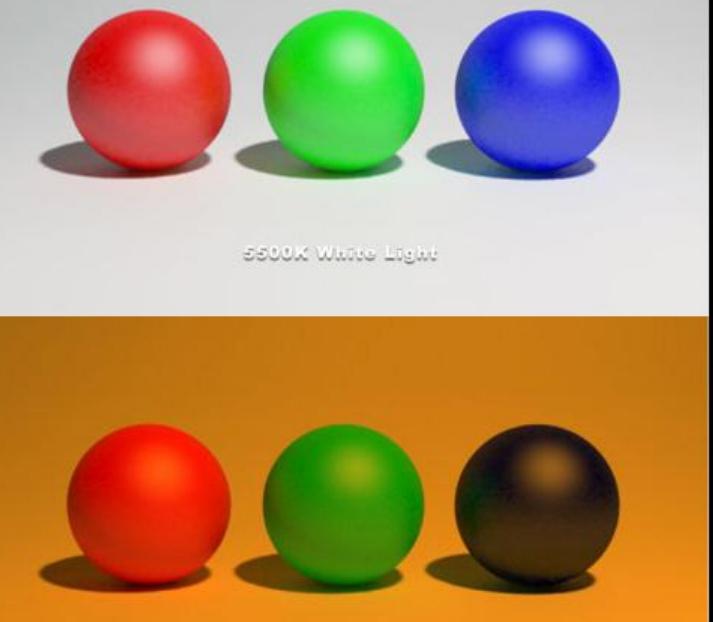Is there an absolute standard value for color temperature? The answer is no. However, according to the different needs of various industries, some color temperature values are defined as so-called standard values. For the field of photography, what is the standard value of color temperature?
We will discuss this standard value later, let’s first explain the light itself:
To know the standard value of color temperature, we must first understand the standard value of “light”. In most fields, we will regard “white light” as a standard light. Ancient and modern scholars, such as Aristotle, one of the greatest philosophers, scientists, and educators who lived in 382-322 BC, Cheng Dachang in the Southern Song Dynasty in China, and the famous French scientist Descartes in the 17th century, all believe that : White light is pure and uniform, the essence of light, and color light is just a variant of white light.
Recall the junior high school physics textbook, Newton’s prism dispersion experiment, which uses a prism to decompose white light into continuous colored light bands:

This experiment fully proves that white light is a composite light of multiple colors, and white light contains visible light of various colors. The continuous spectrum formed by visible light colors is also something we are familiar with. Think of the rainbow of red, orange, yellow, green, blue, and purple. This is the beautiful natural landscape formed by the dispersion of white natural light. Scientific experiments in various fields all use white light as the standard of light. Even in the audio field, the standard noise is called White Noise. The name of white noise comes from White Light, because white noise is like white light. The average includes all frequencies from 20Hz to 20KHz that the human ear can receive.
Now, let’s think about the details of life: What color light can a piece of white paper reflect white under the illumination? Of course it is under white light. If it is under colored light, the white paper will be dyed by light. This has been shown in a similar example picture in the previous section.
After a lot of data accumulation and analysis, we know that the color temperature of daylight is changing, and the average value of the ever-changing daylight color temperature is about 5500K. What is the color temperature of the light source emitting white light? It is exactly 5500K. Interested friends may wish to check the professional photography lamp bulb parameters online, without exception, marked as “5500K”, the color temperature of flashes of various brands is also 5500K, because only the lamp that emits this standard white light can let The color of the object being photographed has an accurate representation. This is the reason why I repeatedly mentioned the color temperature of 5500K in the last section. Of course, this is also the reason why the color temperature of daylight film is fixed at 5500K, but why the color temperature of daylight film is fixed at 5500K. We will expand on this in the follow-up article. Explanation.
Therefore, in the field of photography, we regard the color temperature of the light source capable of emitting white light as the standard color temperature, which is 5500K. So, what is the relationship between color temperature and color? This must be something you really want to know now. Let’s take a look at the picture below:

Still in the same ideal environment as in the previous section, with a light gray background and bottom surface, a pure white light with a color temperature of 5500K illuminates the scene, there are red, green and blue spheres in the scene. The question I want to ask now is: Why do the red balls look red, the green balls look green, and the blue balls look blue?
Some friends will answer without hesitation: the red, green and blue balls are originally red, green and blue, but of course they are red, green and blue. More friends will raise the question to the philosophical level: because the red, green and blue balls are first red, green and green. The blue state exists, so we perceive it in red, green and blue colors.
Let’s analyze it from a scientific point of view: Let’s take the red ball as an example. The first thing to be clear is: you don’t really see the red ball, but the light reflected by the sphere into your eyes makes it in your eyes. Imaging, you finally saw this red ball, this is the second place in color temperature and color that does not match common sense. Although more awkward, you must strengthen your memory.
In extension, what we see is not the object itself, but the image of the light reflected by the object into our eyes, such as the table and chair at home. You don’t really see them, you just see the light reflected from them. We cannot see objects that do not reflect light.
What are objects that do not reflect light? Air, absolutely ideal and pure glass, etc., which are objects that we previously defined as “transparent” in our brains. The existence of these objects is absolute, but because they do not reflect light, we Can’t see them.
Why does the red ball look red? Because it can only reflect the red part of the entire spectrum contained in the white light, while the other parts are completely absorbed and not reflected. In the same way, the green ball is green because it can only reflect the green part of the white light, and the blue ball is blue because it can only reflect the blue part of the white light.
Next, we keep the various parameters in the scene unchanged, the positions of the red, green, and blue balls remain unchanged, except that the lighting is changed from the 5500K pure white light to 2000K warm white light, and then take a look at the result:

You will find that the light gray background is dyed orange-yellow by the 2000K light source. The red and green balls can basically maintain the red and green color attributes, but only the blue ball becomes black. Why?
Analyze according to the logic described above: the reason why the blue ball can appear blue under the illumination of white light means that the blue ball can only reflect the blue part of all the light colors contained in the white light, and the reason why it cannot present blue now means that The orange light of 2000K must lack blue light compared with the white light of 5500K. The blue ball can only reflect blue light, and the lighting in the scene lacks blue light. The blue ball can reflect without light, so the natural blue ball is currently black, that is, colorless.
The 2000K orange-yellow light still contains part of the red light and part of the green light, so the red and green balls can still roughly appear red and green. But you will find that the red and green balls of the red ball at this time are different from those under 5500K white light illumination:

The reason for the difference is that in the 2000K orange light, part of the light color contained in the white light is missing, and the red and green balls cannot fully reflect all the light that can be reflected. This phenomenon that objects cannot reflect all the light colors that they can reflect in an environment that is not illuminated by white light is what we often call color cast.
Let’s go back to the beginning of this section and discuss the question raised by the white standard light: What color light can a piece of white paper reflect white under the illumination? According to common sense at that time, everyone can directly answer “under the illumination of white light”. Now, everyone can use theoretical knowledge to answer why white paper appears white under the illumination of white light: because white paper can reflect all the light colors in white light, that is, reflect white light, then what we see is naturally white.
If you take this white paper under a yellow incandescent lamp, what color do you see that the white paper should be at this time? Of course it is yellow. According to the previous habit, we will explain it like this: the white paper is colored by the light of the incandescent lamp Colored yellow, but after studying in this section, we should come to this scientific conclusion: Although white paper can reflect all white light, the light color emitted by the incandescent lamp lacks other light colors except yellow light, so white The paper looks yellow under an incandescent lamp. The scientific method of explanation is more complicated, but you only need to understand this logical relationship. In normal times, you can still say: the white paper is dyed by the yellow light, so it appears yellow.
Some friends may think: I can understand the theory and facts that white paper is white under white light and yellow under yellow light, but in real life, I take blue things under yellow light, and there is no I found that blue things turned black. For example, blue plastic slippers did not turn black under the incandescent lamp in the bathroom. Why?
In fact, the answer is not complicated. First of all, my three-color ball experiment above is not an absolutely ideal environment. The scenes you see in life are not ideal. In this non-ideal environment, It is difficult for the object itself to accurately reflect a certain color, and the light will be reflected by various objects in the scene to form a diffuse reflection. Therefore, blue slippers can be seen more or less basic blue in an incandescent bathroom.
